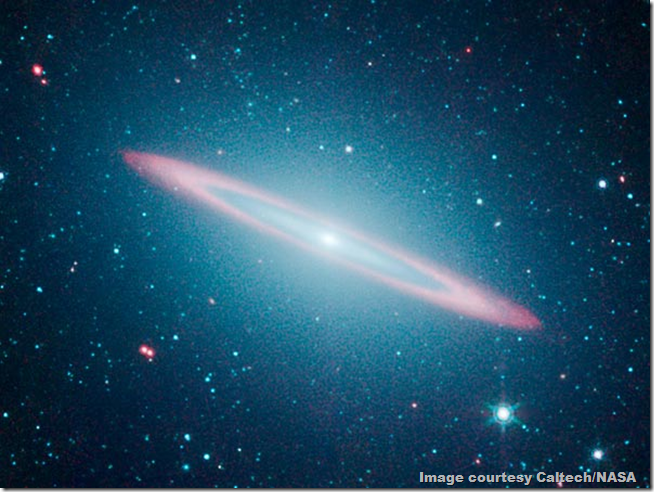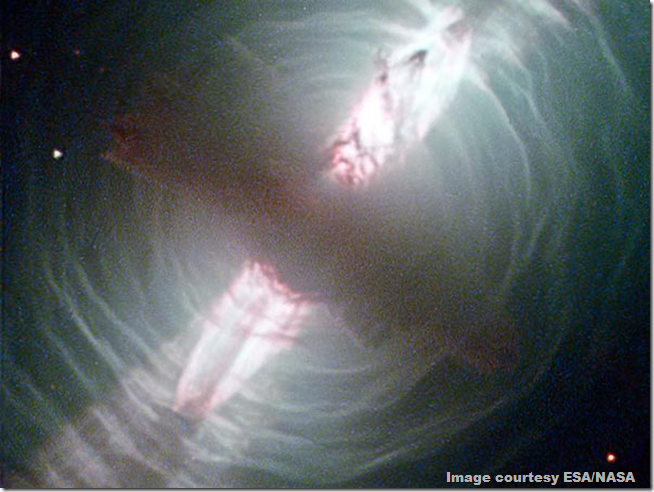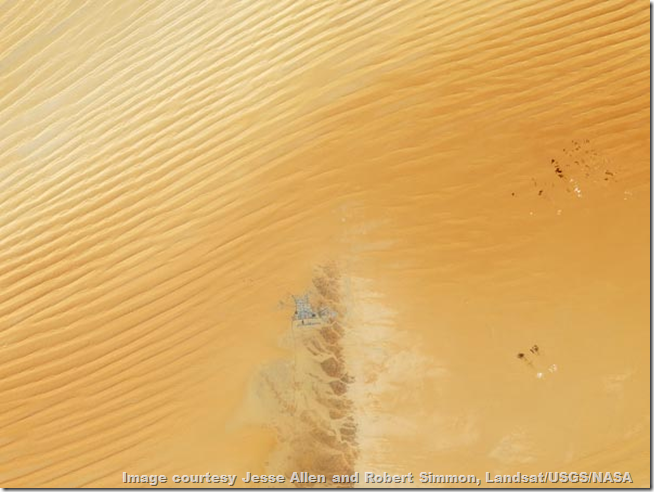Space Pictures This Week: Solar Chicken, Aurora Angel, More
By National Geographic News, 26 April 2012.
By National Geographic News, 26 April 2012.
1. Space Chicken
Outfitted in a homemade spacesuit, "Camilla" the rubber chicken rides into the stratosphere on March 3 as part of an experiment to measure solar radiation at point-blank range.
Students with Bishop Union High School in California launched the chicken - the mascot of NASA's Solar Dynamics Observatory - before and during a solar storm. For both flights Camilla wore a pair of radiation badges of the same kind used by medical technicians and nuclear workers to assess dosages.
The results will help the students design a future astrobiology project to test whether certain species of microbes can survive the harsh conditions at the edge of space.
2. Galaxy-Rise
Star trails trace the path of the Milky Way as it rises over the shore of Strathmere, New Jersey, in a long-exposure picture taken last week.
Photograph: Jack Fusco
3. Frosty Dunes
It might look as if someone sculpted a pigeon in the Martian sand. But this newly released image from NASA's Mars Reconnaissance Orbiter shows naturally shaped dunes in the red planet's north polar region, which are lined and speckled by defrosting winter ice.
White regions indicate where fine-grained frost still rims the polar dunes. Dark blotches, meanwhile, are most likely made from sediment kicked up by carbon dioxide "geysers" created as ice layers sublimate, or turn directly from a solid to a gas.
4. Split Galaxy
In visible light the Sombrero galaxy resembles a wide-brimmed hat, with a disk topped by a large central bulge of stars. But new infrared views from NASA's Spitzer Space Telescope now reveal that the bulge contains enough mass for astronomers to classify it as an elliptical galaxy.
The finding means that the Sombrero is the first known galaxy to display features of two galactic types: thin disks and rotund ellipticals. Researchers say it's unlikely the "split personality" galaxy formed via a merger, since the violent collision would have destroyed the disk shape.
Instead, the team proposes that the Sombrero could have formed when an elliptical galaxy swallowed bunches of gas clouds, which fell into orbit around the galactic centre and formed a flat disk of star-forming material.
5. Angelic Aurora
A multi-coloured aurora spreads like angel wings over a traditional Sami village in Lapland, northern Sweden, as seen in a recently released picture.
The vivid greens and purples are created when charged solar particles collide with oxygen and hydrogen high in Earth's atmosphere. The affected air molecules are infused with extra energy, which they release as light.
6. Smoking Cluster
The star cluster known as NGC 6604 glitters within glowing hydrogen gas in a new picture from a European Southern Observatory telescope in La Silla, Chile.
The young star cluster contains an example of a "chimney" - a mysterious column of hot, charged gas that seems to funnel material away from star clusters.
At about 5,500 light-years away, NGC 6604 sits relatively close to Earth, which means astronomers can study its chimney in detail.
7. Hubble's Egg
Beams of light shine through the thick cloud of dust at the centre of the Egg nebula, one of the few known examples of a pre-planetary nebula - a rarely seen phase in the life cycle of sun-like stars.
The new image combines visible and infrared light captured by the Hubble Space Telescope to offer one of the best views yet of the Egg.
When stars around the same mass as our sun run out of nuclear fuel, they swell and begin ejecting their outer layers of gas. Over a few thousand years, the hot stellar core heats up the surrounding cloud of dust and gas, causing it to glow as a planetary nebula.
A pre-planetary nebula is a relatively short-lived stage in this process, when the dying star is still shrouded in a cocoon of opaque dust. In the case of the Egg, astronomers think polar jets from the star are carving holes in the dense dust cloud, allowing some light to escape.
8. Shifting Sands
A rise of rocky land cuts like a scar through the Empty Quarter, the world's largest sand sea [known as Rub’ al Khali], in a newly released picture from NASA's Landsat 7 satellite.
Roughly the size of France, the Empty Quarter covers parts of Saudi Arabia, Yemen, Oman, and the United Arab Emirates. This frame shows the town and airport of Sharurah, just north of the Saudi Arabia-Yemen border, near the tip of the rocky rise.










No comments:
Post a Comment
Please adhere to proper blog etiquette when posting your comments. This blog owner will exercise his absolution discretion in allowing or rejecting any comments that are deemed seditious, defamatory, libelous, racist, vulgar, insulting, and other remarks that exhibit similar characteristics. If you insist on using anonymous comments, please write your name or other IDs at the end of your message.